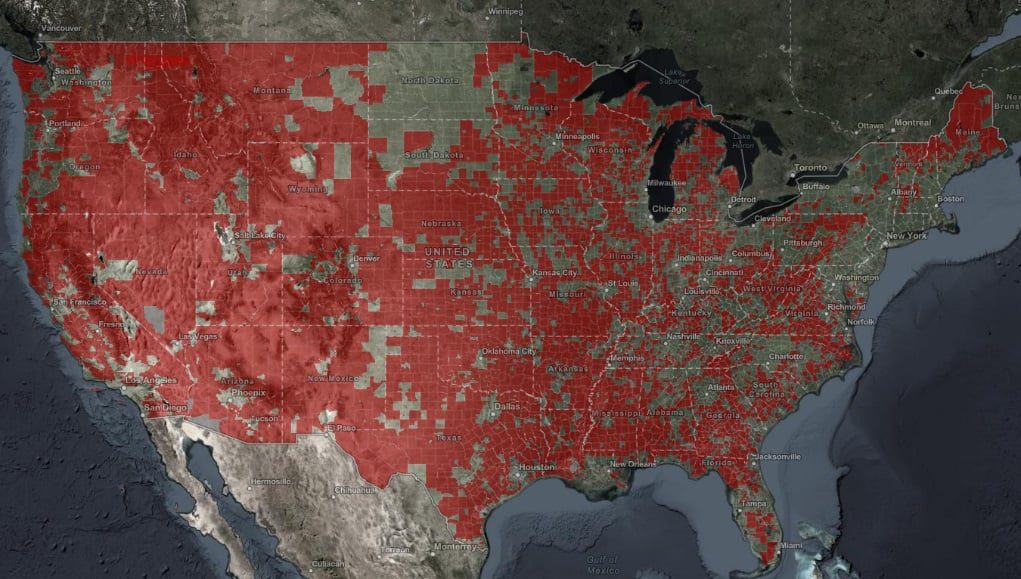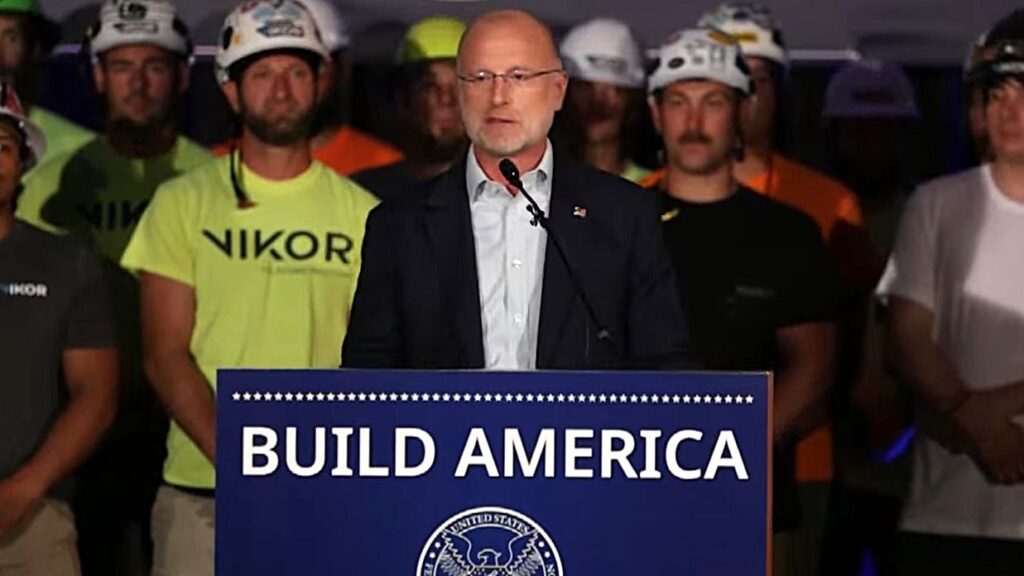Mapping Initiative Could Put Costly Burden on Rural Broadband Providers
Randy Sukow
|

All parties connected to the broadband business in the United States agree that current estimates of broadband coverage based on FCC Form 477 data are inadequate. However, NTCA, The Rural Broadband Association and other organizations say that one of the steps the Commission is taking to produce more accurate results could put rural providers at a disadvantage.
The FCC’s plan to set a “maximum buffer” of 6,600 feet between certain broadband network elements could have the effect of “increasing monumentally both the capital and operating expense associated with the network while ironically reducing the reliability of the network,” NTCA said in an ex parte letter earlier this week.
The Commission plans to vote next week on a Second Report and Order to improved mapping processes, as required in the Broadband DATA Act, enacted last March. The buffer requirement specifies “the use of both a maximum [6,600-foot] distance from the aggregation point and a maximum drop distance” when mapping network elements based on the “polygon method,” according to a draft of the proposed order. The draft, which places the requirement on fiber-to-the-premises (FTTP), hybrid fiber coaxial (HFC) and digital subscriber line networks (DSL), is necessary to improve granularity and ensure consistent results from comparable wireline providers, the FCC said.
“Given that in many rural areas the houses themselves may be more than 6,600 feet apart, a requirement effectively to assign an aggregation point to each such house would fly in the face of reasonable rural FTTP network engineering,” NTCA replied. “Put another way as an analogy, those architecting FTTP networks have learned in many ways from the errors of DSL network design [which is heavily dependent upon field electronics] and instead leverage the capabilities of fiber to extend signals much more reliably over much greater distances.”
Other organizations representing wireline providers also are urging the FCC to revise the buffer requirement. “The 6,660 feet maximum buffer may not be appropriate for all technologies, particularly in rural areas. In particular, USTelecom members pointed out that for fiber-to-the-home deployments, the distances are frequently much longer,” a USTelecom letter said. It suggested exploring exemptions from the rule for certain providers.
NCTA – The Internet & Television Association, representing cable TV providers using HFC networks to deliver broadband, complained that the FCC’s maximum buffer is an inefficient, one-size-fits-all solution. “Because maximum wireline network deployment distances vary across technologies, providers, and locations, there is no single industry standard that will apply accurately to all wireline networks, or even to all cable networks, in all circumstances,” it said. NTCA predicted the current buffer model would result “substantial underreporting” of HFC-served homes.
Update, July 11: NRECA filed a letter at the FCC supporting NTCA’s position on the minimum buffer, particularly calling for FTTP networks to be exempt from the 6,600-foot rule. “Today’s typical network design standards allow for [gigabit passive optical networks] to deliver services for customers within a range of 20 kilometer to 60 km cable distance of the optical line. In rural America today providers are consistently seeing GPON equipment serve customers at distances of 40 km to 45 km or more,” the association said. “Certain technologies, such as active optical networks [active ethernet], are already serving customers at distances as far as 80 km.”

